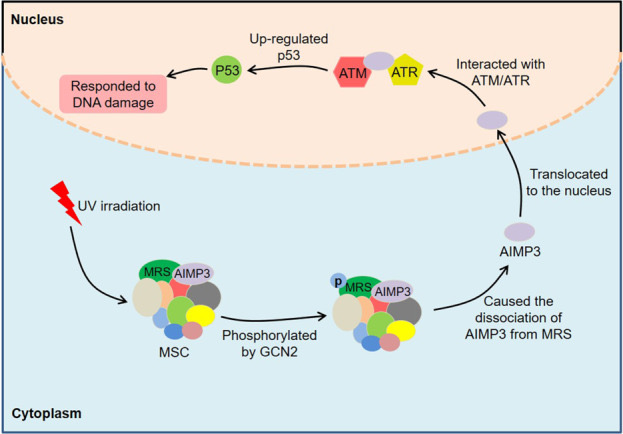Study Reveals High Prevalence of DGBI in Pediatric Celiac Disease Patients

A recent study conducted at Cincinnati Children’s Hospital Medical Center has revealed that disorders of gut-brain interaction (DGBI) are alarmingly prevalent among pediatric patients diagnosed with celiac disease (CeD), despite adherence to a gluten-free diet. The study, which analyzed nearly 200 children aged 4 to 21, found that 43% of participants met the Rome IV diagnostic criteria for DGBI, highlighting a significant issue in the management of this condition.
According to Dr. Neha Santucci, MBBS, MD, the director of the Disorders of Gut-Brain Interaction Program at the Neurogastroenterology and Motility Center and an associate professor at the University of Cincinnati College of Medicine, this prevalence is concerning. “Disorders of gut-brain interaction can significantly impact the quality of life for patients. It is critical that clinicians consider DGBI in children who exhibit persistent symptoms of ceaseless gastrointestinal distress, even when appropriately managed with dietary interventions,” Dr. Santucci stated.
The retrospective chart review, spanning from 2016 to 2024, included pediatric patients who had a biopsy-confirmed diagnosis of CeD and had shown a sustained decline in tissue transglutaminase immunoglobulin A (TTG IgA) levels after adopting a strict gluten-free diet. Researchers classified the subjects into two distinct groups: those diagnosed with DGBI and those without. The analysis indicated that functional constipation (33%) and functional abdominal pain (29%) were the most common symptoms reported by those diagnosed with DGBI.
The research team emphasized the importance of identifying predictive factors that may lead to DGBI development. These include abdominal pain, constipation, vomiting, and comorbid conditions such as joint hypermobility syndrome. Patients exhibiting these symptoms at the initial visit were more likely to develop DGBI, with odds ratios indicating a significantly higher risk associated with these factors. Notably, complete villous blunting found in biopsy results also correlated with an increased risk of DGBI.
In the cohort studied, the majority of participants were female (65%), predominantly Non-Hispanic (98%), and White (95%), with a median age at diagnosis of 11 years. The findings underscore the need for further research into the prevalence and overlap of DGBI in children with CeD. “There are currently no studies evaluating the overlap between DGBI and CeD in U.S. children, and this gap in knowledge is concerning,” Dr. Santucci added.
The implications of DGBI in pediatric CeD patients extend beyond immediate health concerns; they also encompass economic and social dimensions. Delayed or missed diagnoses can lead to increased healthcare costs and a greater burden on healthcare systems. As the prevalence of DGBI continues to rise, with studies indicating that approximately one-third of adults and 25% of children aged 4–18 meet DGBI diagnostic criteria, the need for comprehensive care strategies becomes paramount.
The researchers concluded that future multicenter prospective studies are necessary to enhance understanding of the interplay between DGBI and CeD. They advocate for a more nuanced approach to monitoring patients after diagnosis, suggesting that 'remission' might need to be redefined based on clinical symptoms, serology, and endoscopic findings.
In light of these findings, healthcare providers are urged to adopt a more holistic view of treatment for children with celiac disease, taking into account the potential for DGBI as a complicating factor. Comprehensive care that includes evaluation for DGBI could improve patient outcomes and quality of life significantly.
In summary, this study highlights a critical aspect of pediatric gastroenterology, emphasizing the need for ongoing research and a proactive approach to managing DGBI within the context of celiac disease. As healthcare providers seek to optimize care for children with CeD, understanding the complexities of DGBI will be essential for improving overall patient outcomes.
Advertisement
Tags
Advertisement





